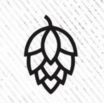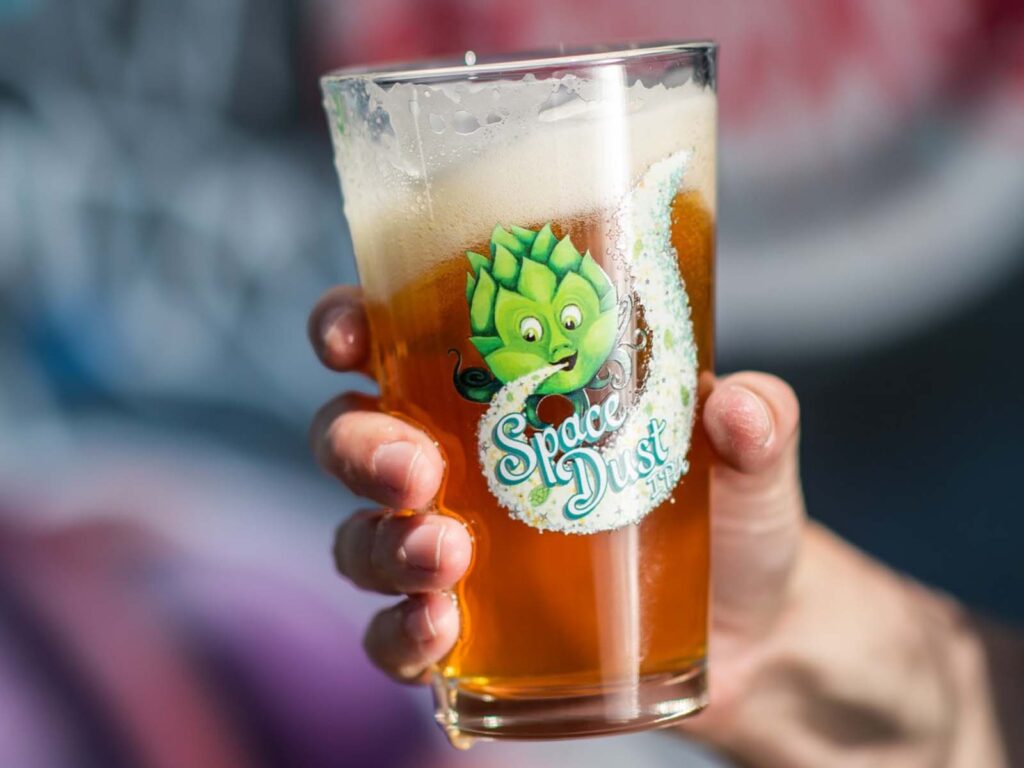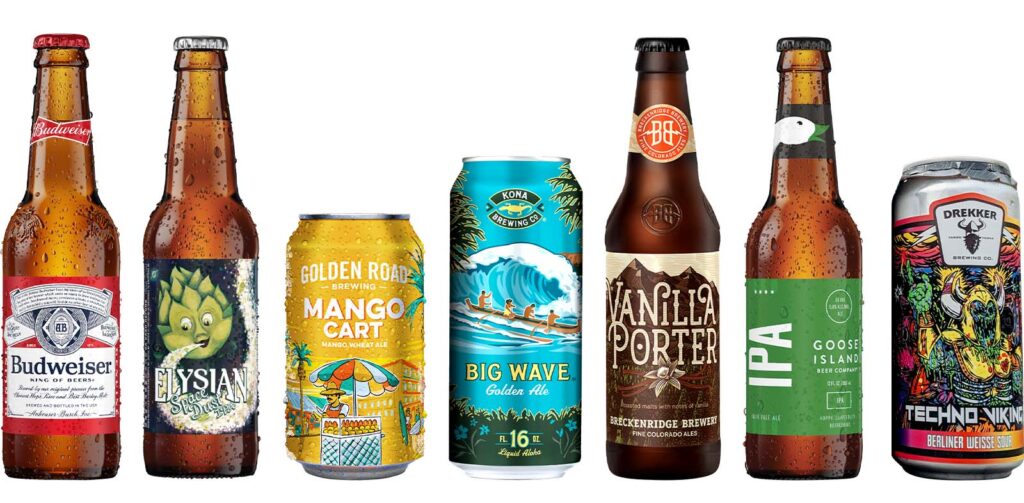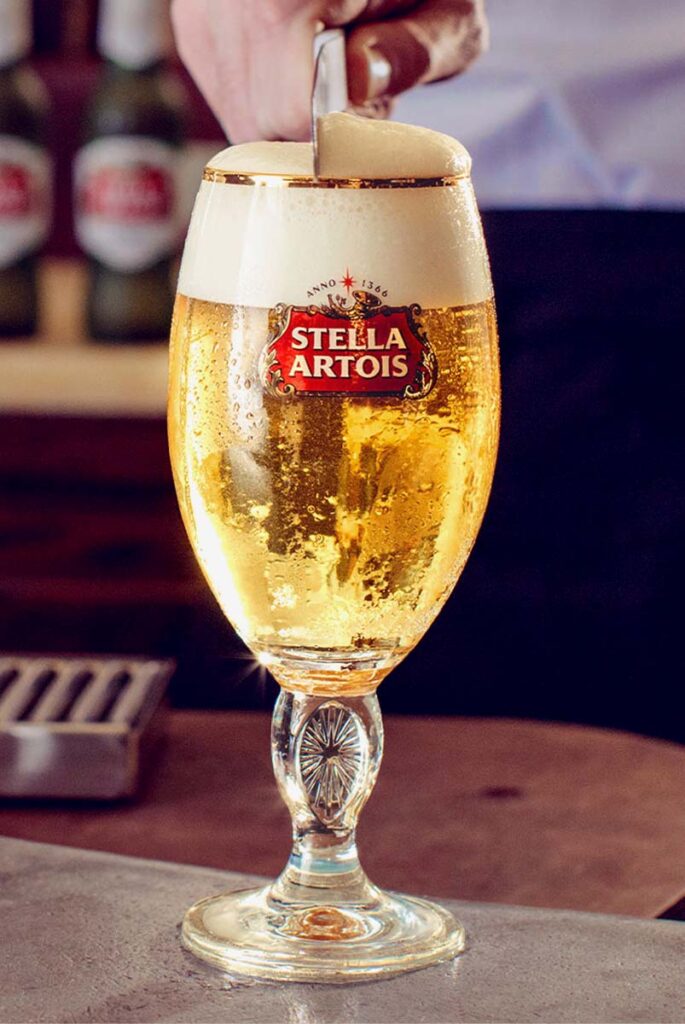Knowledge You Can Drink!
Understanding Beer & Debunking Misconceptions
1. Breaking Down Beer
All beer consists of these 4 main ingredients:

Water
Integrity of the beer
The primary ingredient in beer, water is filtered, tested, and tasted for quality and consistency before entering the brewing process.

Grain
Soul of the beer
The grain, typically barley, gives beer its color, malty sweet flavor, and sugars needed for fermentation.

Yeast
Life of the beer
Yeast turns sugar into alcohol, CO2, and hundreds of flavor components. Yeast influences the flavor of the beer.

Hops
Spice of the beer
Gives beer its bitterness and hop flavor which helps to balance the sweetness of the barley.
Insider Pick: John Sauve, D-S Beverages MIS Manager

Goose Island Bourbon County Stout
“I love the thick stout and strong flavor notes of Bourbon County. A cool thing about this beer is that it can be aged for up to 5 years, and I love how the complexity and taste profile develops as it ages. It often takes on a very bourbon-forward taste so if you like bourbon I highly recommend trying this beer!”

2. Ordering Beer
Know what to look for when ordering your next beer
Have you ever heard someone say, ‘I don’t like dark, bitter, hoppy beers’? Maybe you’ve said it. Did you know that color and taste don’t go hand-in-hand when it comes to how a beer tastes? Here are some things to know when ordering your next beer.
Color – While it can be a guide to a style of beer, it’s not an indication of flavor. In fact, beers that are dark in color often tend to be less bitter.
A better key to unlocking just how bitter your beer might be is found in these three letters—IBU, International Bitterness Units. Whether you’re a fan of bitter hop flavor or you want to avoid it completely, knowing your IBUs can steer you in the right direction when making your next selection. International Bitterness Units measure the bitterness of a beer on a scale of 1-100. Beers with a low IBU number will be less bitter tasting than beers with a higher IBU.
IBU Challenge
Can you put these beers in order from lowest to highest IBU beating?
Answer at the end!

3. Style
While there are countless styles of beer, did you know there are really only two types/categories of beer?
Ales (Top Fermenting) and Lagers (Bottom Fermenting). Ales are made with top-fermenting yeast at warmer temperatures, while lagers are brewed with bottom-fermenting yeast at colder temperatures. To further differentiate, a lager is held in cold storage for several weeks, while an ale is ready for bottling and conditioning the moment fermentation is complete.

4. The More You Know
Debunking common beer misconceptions
Beer should not be served in a frozen or frosty mug. While it might sound like a good idea, serving beer in a frozen or frosted mug causes excess foam which kills carbonation and ruins the aroma.
Head on a beer is NOT a bad thing, it actually serves a purpose. The head plays an important role in the overall experience of tasting beer through the release of aromas. The head also helps to slowly release carbonation. Without a head on your beer, those CO2 bubbles remain trapped in your beer causing that bloated, full feeling. So, the next time you’re served a beer on tap with a nice head, know you aren’t being “shorted” beer, your bartender is handing you the perfect glass of beer.
Answers to the IBU Challenge!
Drekker Techno Viking (Sour – Berliner Weisse) – 1IBU | Mango Cart (Wheat Ale) – 10 IBU | Budweiser (Lager) – 12 IBU | Breckenridge Vanilla Porter (Porter) – 16 IBU | Kona Big Wave – 21 IBU | Goose IPA – 55 IBU | Space Dust – 73 IBU



